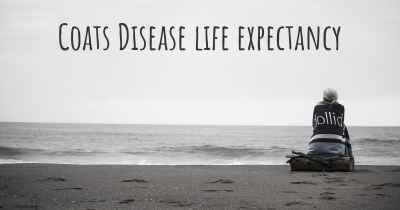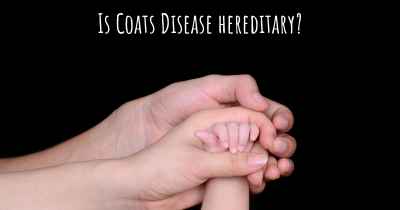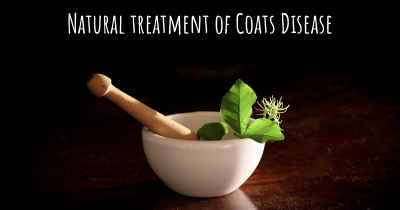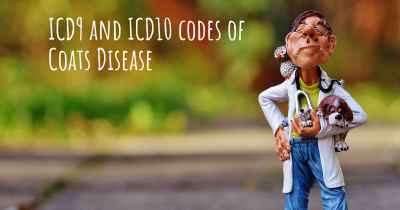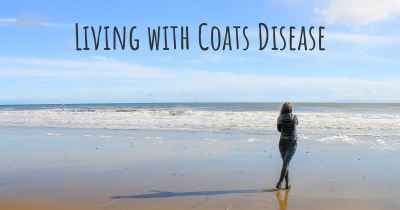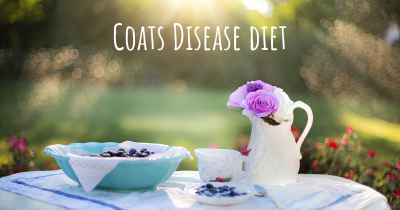Is it advisable to do exercise when affected by Coats Disease? Which activities would you suggest and how intense should they be?
See if it is advisable for people with Coats Disease to practice sports and which ones are the most recommended if you have Coats Disease
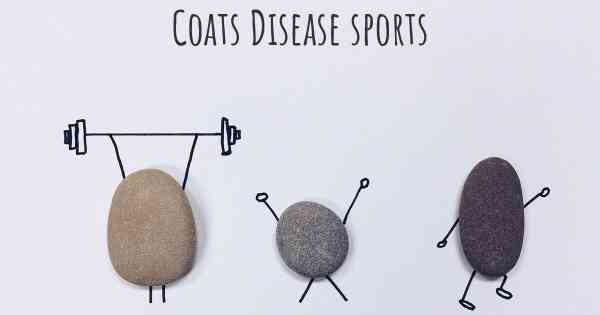
Coats Disease is a rare eye disorder that primarily affects children and young adults. It is characterized by abnormal blood vessel development in the retina, leading to vision loss and potential blindness. While there is no cure for Coats Disease, there are various treatment options available to manage the condition and slow down its progression.
When it comes to exercise and physical activity for individuals affected by Coats Disease, it is important to approach it with caution and consult with a healthcare professional or ophthalmologist. The severity of the disease and its impact on vision can vary from person to person, so personalized advice is crucial.
Benefits of Exercise
Engaging in regular exercise can have numerous benefits for overall health and well-being, even for individuals with Coats Disease. Exercise promotes cardiovascular health, strengthens muscles, improves flexibility, and boosts mood. It can also help manage weight, reduce the risk of chronic diseases, and enhance overall quality of life.
Recommended Activities
While the specific exercise recommendations may vary depending on the individual's condition and limitations, there are several activities that are generally considered safe and beneficial for individuals with Coats Disease:
- Walking: Walking is a low-impact exercise that can be easily modified to suit individual fitness levels. It provides cardiovascular benefits and can be done outdoors or on a treadmill.
- Swimming: Swimming is a great option as it is gentle on the joints and provides a full-body workout. It can also be a refreshing and enjoyable activity.
- Cycling: Cycling, whether outdoors or on a stationary bike, is a low-impact exercise that can improve cardiovascular fitness and leg strength.
- Yoga: Yoga focuses on flexibility, balance, and relaxation. It can be adapted to accommodate different abilities and can help improve posture and reduce stress.
- Pilates: Pilates is a low-impact exercise that focuses on core strength, flexibility, and body awareness. It can be modified to suit individual needs and abilities.
Exercise Intensity
The intensity of exercise for individuals with Coats Disease should be determined on an individual basis, taking into consideration their overall health, fitness level, and any specific limitations or recommendations from healthcare professionals. It is generally recommended to start with low to moderate intensity exercises and gradually increase the intensity as tolerated.
It is important to listen to your body and avoid pushing yourself too hard, especially if you experience any discomfort, pain, or changes in vision during or after exercise. If you have any concerns or questions about exercise intensity, it is best to consult with your healthcare professional or ophthalmologist for personalized guidance.
Precautions
While exercise can be beneficial, individuals with Coats Disease should take certain precautions to ensure their safety and minimize the risk of injury:
- Protective Eyewear: Wearing appropriate protective eyewear, such as goggles or sunglasses, can help shield the eyes from potential injury or irritation during exercise.
- Avoid High-Impact Activities: High-impact activities, such as contact sports or activities with a risk of falls, should be avoided to prevent eye trauma.
- Regular Eye Exams: Regular eye exams are essential for monitoring the progression of Coats Disease and addressing any changes in vision or eye health. It is important to follow the recommended schedule of eye exams and inform your ophthalmologist about your exercise routine.
- Stay Hydrated: Proper hydration is important during exercise to maintain overall health and prevent dry eyes, which can be a symptom of Coats Disease.
Conclusion
While exercise can be beneficial for individuals with Coats Disease, it is crucial to approach it with caution and seek guidance from healthcare professionals. Walking, swimming, cycling, yoga, and pilates are generally considered safe and beneficial activities. The intensity of exercise should be personalized and gradually increased as tolerated. Taking precautions, such as wearing protective eyewear and avoiding high-impact activities, is important to ensure safety. Regular eye exams and open communication with healthcare professionals are essential for monitoring the condition and adapting the exercise routine accordingly.
Posted Nov 25, 2021 by Ana 4550
